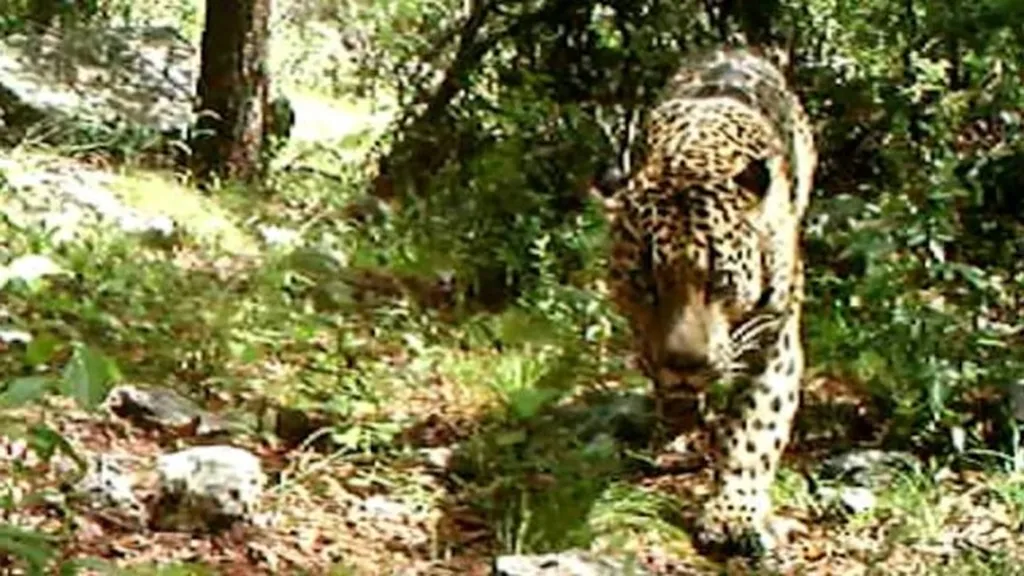In the sparsely settled San Rafael Valley of Arizona, a recent sighting of a male jaguar has sparked hope among biologists and conservationists. The big cat, named O:ṣhad Ñu:kudam by the Tohono O’odham Nation, is believed to have migrated from the Northern Jaguar Reserve in Sonora, Mexico. This sighting is significant as it indicates the potential for jaguars to reestablish a breeding population in the United States, a feat not seen since the species was extirpated from Arizona in the 1960s.
However, the natural return of the jaguar to the United States may be hindered by the construction of a 27-mile-long, 30-foot-tall border wall through the heart of the San Rafael Valley. The Department of Homeland Security’s project, part of President Trump’s effort to block human migration from Mexico into the U.S., is rapidly closing the remaining gaps in the border wall. This development has raised concerns among conservationists, who argue that the wall could severely impact the migration of terrestrial mammals, including jaguars.
The implications for the agriculture sector are significant. Jaguars, like other large predators, can pose a threat to livestock, which can lead to financial losses for ranchers. However, conservation efforts have shown that implementing strategies such as electric fences, guard animals, and compensation for livestock losses can mitigate these impacts. Moreover, the presence of jaguars can also have positive effects on the ecosystem, which can benefit agriculture in the long run.
For investors, the situation presents both challenges and opportunities. The construction of the border wall could lead to increased security and potentially reduce illegal immigration, which could have positive economic impacts. However, the potential negative effects on wildlife and the environment could also lead to increased regulation and scrutiny, which could impact investment decisions.
The global jaguar population has declined by half from its historic high, and conservation efforts are crucial to ensure the future of the species. In the 1990s, wildlife experts came together to create a research and conservation plan across the jaguar’s entire range. This effort has led to the identification of jaguar strongholds and corridors, as well as increased protection efforts in countries throughout the jaguar’s range.
The preservation of the jaguar is not only important for the species itself but also for the wide range of other species that share its habitat. Ensuring the future of jaguars also protects a variety of other animals, including tapirs, sloths, and giant armadillos. Furthermore, the jaguar’s cultural significance in many countries makes its preservation a matter of cultural heritage as well as biodiversity.
In conclusion, the recent sighting of a jaguar in Arizona is a reminder of the potential for wildlife to return to areas where they have been absent for decades. However, the construction of the border wall poses a significant challenge to this potential. The implications for the agriculture sector and investors are complex, and careful consideration of the environmental and economic impacts will be crucial in the coming years.

